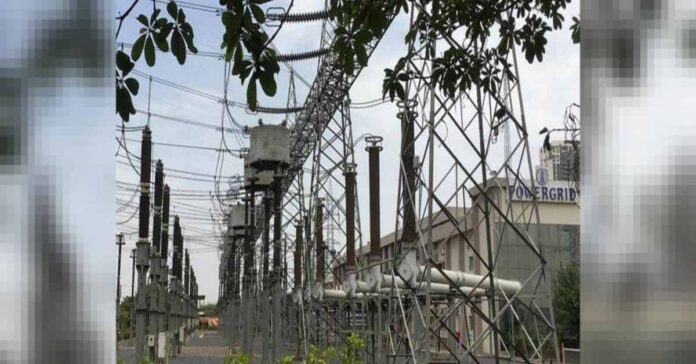The power grid tripped in Mumbai on Monday. The old islanding system is supposed to ensure an uninterrupted electricity supply to the city, for four decades. But it failed.
Energy minister Nitin Raut, said that due to the grid failure at multiple centers, the islanding could not work.
This system was developed by Tata Power in 1981 to handle disturbance, the islanding system is meant to ensure that the power systems of Tata and Adani plants are intentionally isolated or islanded from the external grid.
The power generated at the plants would be transmitted to concentrated areas and allowed the authorities to supply electricity to essential category customers consistently.
Of the approximate 2400MW-2600MW power supply to Mumbai, 1600MW is to be islanded, with Tata’s Trombay thermal plant’s 500MW, 600MW from hydrogeneration units in Khopoli and 500MW from Adani’s Dahanu plant. The system could not work as Tata plants failed to isolate from the rest of the grid. Adani Power’s Dahanu plant islanded 385MW (the supply has been reduced from 500MW owing to Covid).
The islanding system in Mumbai has worked well on 27 of the 37 occasions of grid disturbances, since 1981, according to industry insiders.
Energy minister Nitin Raut said that due to the grid failure at multiple centers, the islanding could not work. He said that there was an overload on Tata and Adani plants resulting in failure of the islanding system, due to the tripping of circuit-2 at Kalwa-Padghe centre, Kharghar transformer tripped, Uran gas power plant developed a technical snag
Tata Power Company, in its statement, said: “Mumbai’s islanding system that saves the city from major power outages was separated, however, it could not hold as additional 900MW load dropped at 10:05hrs.”
Adani Electricity Mumbai Limited, in its statement, said, “Islanding of Dahanu saved the essential supplies. Rest supplies are being restored as grid inputs get available from the state system.”
Energy expert Ashok Pendse says the islanding system would not have worked in the wake of rise in demand.
“Even if the islanding system had been activated, Mumbai’s demand could not have been met. Currently, the power demand in the city is 2400MW owing to the Covid-19 pandemic, but it goes upto 3200MW at other times and in that case islanding could not have worked. There would have been a shortfall of 800-1600MW over the supply from the islanding system.”
The state had appointed an expert committee headed by IIT Bombay’s professor SA Khaparde to study a similar outage in Mumbai in November 2010. The committee submitted its report in June 2011.
It had commented on the islanding: “With expected Mumbai demand touching to 500MW (in near future), the existing islanding scheme will not work. The islanding scheme needs to be reviewed for possible load-generation balance and accordingly, islands need to be formed by separating other networks. Initially, both Tata Power Company and R-Infra (Now Adani Electricity Mumbai Limited) can be islanders together, but independent islands would be required to be formed in the future, so they survive on their own available load-generation balance.”
Pendse added: “A robust system of transmission with 400KV line as recommended in the report could have enabled direct supply to Mumbai, avoiding indirect supply through Kharghar and Kalwa. Why could the state not strengthen the transmission?”
Raut said the proposal of laying of 440KV line for Mumbai will result in an additional burden on consumers and hence has been put on the backburner.
ALSO READ: Mumbai Airport gets green signal to operate 100 flights per day from June 16


